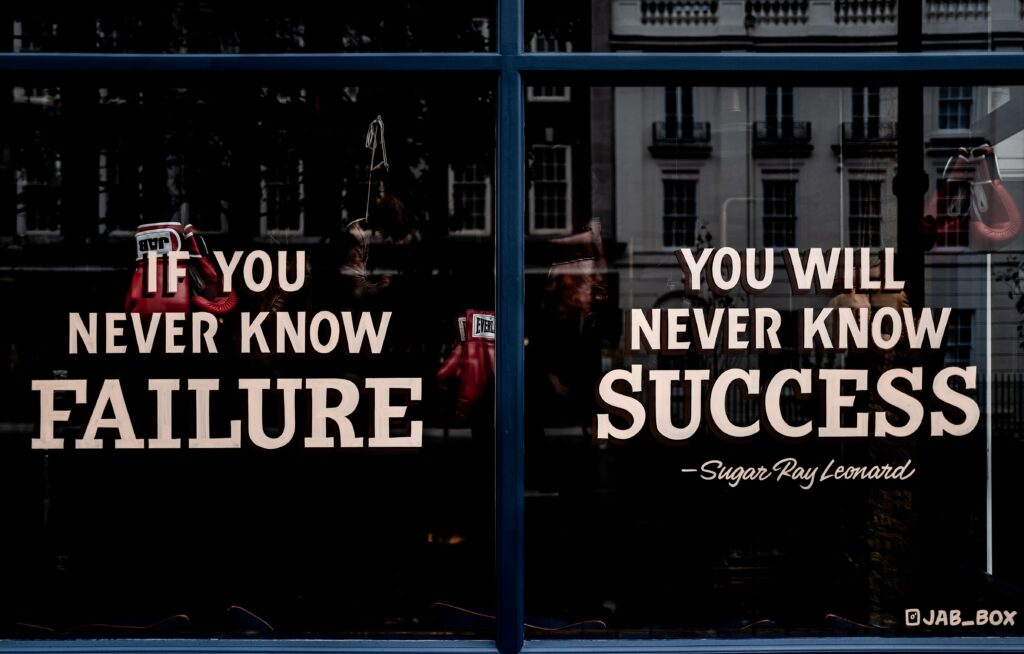resident
Empowering Virtues in Others: A Strategy for Multifamily Leaders
Unleashing the Power of Virtue in Resident Relations and Team Member Development

Photo by Kelly Sikkema on Unsplash
For multifamily leadership, fostering virtues in others is more than a principle; it’s a growth strategy.
In a multifamily environment, where resident satisfaction and team member engagement are pivotal, recognizing and nurturing virtues can create an empowered, harmonious community.
Here are a few insights into the problems and potential solutions to foster virtues within the community.
The challenges faced by multifamily property management executives lie in maintaining high resident satisfaction levels while encouraging team members to excel.
Balancing the needs and expectations of diverse residents and ensuring team members feel motivated and valued can seem overwhelming, especially in times of stress.
Solving this complex issue requires a thoughtful approach.
Executives can create an environment where these qualities thrive by identifying virtues such as integrity, empathy, and collaboration among residents and team members.
Emphasizing the value of virtues in daily interactions with residents encourages trust and loyalty.
Investing in the growth and development of virtues within team members leads to a more engaged and motivated workforce, which reflects positively on the community.
In sum, fostering virtues is ethically sound and an effective strategy to enhance satisfaction and growth in multifamily settings.
Share this:
Redefining Failure: A New Perspective for Multifamily Executives
Transforming Setbacks into Opportunities: A Strategic Guide for Multifamily Property Management Leaders

Photo by the blowup on Unsplash
Managing multifamily properties presents unique challenges, especially when things are unplanned. However, a shift in perspective can transform these instances of failure into valuable learning opportunities. Let’s use this time to equip you with insights into turning adversities into advantages, fostering resilience, and facilitating organizational growth.
All too often, multifamily property management leaders view failure as a setback – an unwanted blot on an otherwise perfect record. This traditional outlook fosters a culture of fear and resistance to risk, stunting the organization’s potential for innovation and growth. When residents are unsatisfied, team members disengaged, or profitability under expectations, these are not merely failures. Instead, they are untapped reservoirs of improvement, knowledge, and experience.
Rather than shying away from failure, multifamily executives should view these situations as a chance for learning and development. A shift in perspective allows leaders to analyze what led to the unwanted outcome and strategize on how to avoid similar scenarios in the future. View any sunk cost as an investment in education.
As multifamily property management leaders, we need to encourage a culture where team members are unafraid to take risks and innovate. When we view failure as an opportunity for learning, we create an environment where new ideas can flourish. This leads to increased engagement and job satisfaction among team members and enhances our properties’ overall performance and profitability.
Embracing a culture of learning from failure helps improve resident satisfaction. By analyzing our shortcomings, we gain insight into what our residents need and want, allowing us to make strategic improvements. This results in increased resident retention and a more stable revenue stream.
In the multifamily property management sphere, redefining failure fosters resilience. Resilient organizations can weather tough times, adapt to change, and become stronger on the other side. By viewing failure not as a defeat but as a stepping-stone to success, we can build more resilient, successful, and sustainable properties.
Share this:
Company Culture in Multifamily: Healthy Hives Yield Honey
Establishing a Vibrant, Healthy Culture to Reap the Benefits in Multifamily Property Management

Photo by Alexander Grey on Unsplash
When we delve into the world of bees, we find the key to a thriving multifamily organization. In the hive, thousands of bees work diligently and in harmony, each serving their role for the collective success. Much like the honey they produce, the sweet rewards of a robust company culture are a byproduct of a healthy, cohesive hive. For multifamily executives, creating this hive means fostering a culture where every team member plays a pivotal role. Let’s explore how a healthy, thriving company culture can elevate the multifamily business.
With multifamily properties, executives often encounter challenges maintaining a harmonious company culture. Disconnection amongst team members, lack of communication, and an absence of collective goals are just a few symptoms of an ailing hive. Without a solid foundation of shared values and objectives, companies risk losing their most valuable assets—their team members and residents. Moreover, they may experience lowered productivity, reduced resident satisfaction, and decreased profitability.
Transforming this situation begins with leadership modeling behavior. Leaders must cultivate a culture of openness, collaboration, and respect. By exemplifying these values, executives set the tone for their team members, encouraging unity in pursuing collective objectives.
Effective communication is an invaluable tool in this transformation. Clear, consistent, and transparent interactions ensure everyone understands their role within the larger framework, promoting efficiency and reducing misunderstandings.
Building this culture also requires empowering each team member. Recognize every individual’s unique skill sets and contributions, offering them opportunities for growth and development. When team members feel valued and supported, they become more engaged, increasing productivity.
Investing in the well-being of your team members is another crucial factor. A supportive and nurturing environment contributes significantly to the overall health of the hive. Encourage work-life balance, mental health awareness, and overall team member wellness. Happy team members can provide better services, enhancing your residents’ experience.
The benefits of such an approach are manifold. A vibrant, cohesive team contributes to a higher resident retention rate. Satisfied team members lead to happy residents, leading to higher occupancy rates. Also, a healthy company culture can help attract top talent, further strengthening your organization.
Share this:
Customer Service vs Hospitality: Redefining Engagement in Multifamily Property Management
Embrace a New Approach to Resident Relations, Elevating from Service to Hospitality

Photo by Clay Banks on Unsplash
In the multifamily realm, residents yearn for more than just service; they seek an authentic and meaningful engagement echoing the warm embrace of hospitality. Many management leaders commonly misconstrue customer service and hospitality as interchangeable. However, distinguishing between these concepts is vital to enhancing residents’ experiences and nurturing long-term loyalty.
Despite the excellent service levels provided by many multifamily properties, residents may still report dissatisfaction or an impersonal touch. The issue lies not with the service itself but with the limited scope of traditional customer service. Customer service addresses problems in its core form reactively, while hospitality centers on proactively creating memorable, personalized experiences for each resident. It is this difference that distinguishes thriving properties from those merely surviving.
Redefining resident interactions from a hospitality perspective entails understanding each resident as an individual with unique preferences and requirements. It’s about anticipating needs before they become explicit demands. For instance, remembering a resident’s likes and dislikes can foster a deep sense of belonging and comfort.
Implementing a hospitality mindset extends beyond individual interactions. It impacts the entire community culture, breeding an atmosphere of genuine care and empathy. This culture becomes a driving force, with team members embodying hospitality in their approach to resident care, enhancing morale, and building a highly desirable living community.
When done right, hospitality is a potent tool for nurturing resident loyalty. By making residents feel valued and appreciated, you cultivate an emotional connection, which serves as a powerful retention tool. Residents who feel genuinely cared for are less likely to move, reducing turnover rates and stabilizing property income.
Lastly, in the era of online reviews and social media, excellent hospitality can significantly boost a property’s reputation. Satisfied residents are likelier to leave positive reviews and recommend the property to friends and family, driving new prospects to your door.
Share this:
Multifamily Monday: Empathetic Listening
Mike Brewer · · 1 Comment
I love Monday – one of my favorite days of he week.
Today, we are doing a down and dirty lesson on empathetic listening or a fancy way of saying – pay attention. Empathetic listen is active listening or seeking first to understand and then to be understood. The goal being two-fold – listen on an emotional level as well as a cognitive level. In other words you aim to get a sense of how they feel and what they are thinking. And, remember empathy is not sympathy. Empathy speaks from experience; sympathy is there in support of.
When communicating with any one of your apartment residents over any issue, good or bad, use the following two questions to go deeper. If they are in your office complaining about a leaky faucet for the third time this week [and, presupposing you have experienced a persistent leaking faucet in your lifetime], stop and listen. Once they are done talking ask, “how does that make you feel. Or, suggest, “I can imagine that makes feel very frustrated or angry.
It seems obvious but many times, in our haste to get the cranky people out of our office, we don’t take time to validate their feelings. Guess what, that makes a person even more frustrated or angry. All that most people are after is an outlet to vent their anger, frustration or the such and they want the problem fixed. That is where the second question comes in. It is more cognitive in nature.
At the end of understanding their emotion; repeat the reason for the anger or frustration; “I see Mr. Ineedamyfaucetfixed; this is the third time this week you have been in to report your leaky faucet. Our service person has been over two times and still you have a leaky faucet. It bugs you because you are a light sleeper and the persistent drip against the aluminum sink keeps you up. And, you don’t think you should have to put a cup or a rag under the drip to soften the sound. You just want it fixed.”
Your – seeking first to understand – multifamily maniac,
M


